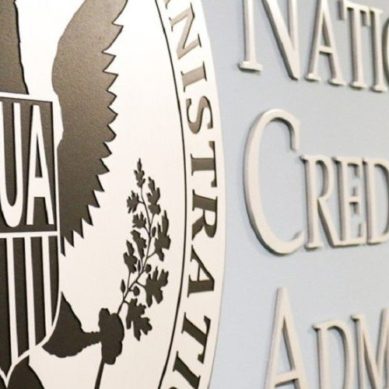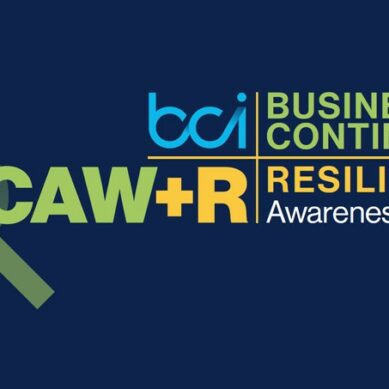Most, if not all of our credit union processes start with data. However, what I most commonly see in the marketing world is this process:
- Using data to build contact lists and then reaching out to those members.
- Tracking how many of them read our messages and how many acted on the offer.
- Once this short process is done, it stops, and the marketing campaign is over.
From a data analyst’s perspective, there are a few steps missing here. What caused the credit union to choose that specific target audience? Did these members keep coming back after the marketing period ended? When did activity plateau? What other products and services did they take advantage of? Was the campaign a success, and if not, could we track that answer down in the data?
While not all of these are always going to be obvious from looking at the numbers, there’s so much more to the process than what I see most credit unions using.
The five Ws of data
Analysis can be an investigative process, and we learn about this at an early age in our schooling. Ask the five Ws: Who, What, When, Where, and Why. So why do we treat our marketing processes any differently?
Ideally, the process would involve at least one extra step at the beginning, to analyze our starting off point. If we know what we are marketing, let’s study the last three months of activity (at least), or how this product or service performed last year at this time to set a bottom line.
Once that is established, let’s take a look at the membership, or in this case, the who. Which members have been taking advantage of this product? Did we market this to a specific group of members last year and it went well? Which members seem the least likely to want to use or seek out this product?
The where typically only matters when marketing certain products. Can you only market your real estate loans to members living in specific states? Are you opening a new branch that will really best be convenient for only members in a certain area? The why typically comes after we have launched.
Once we have identified these key pieces, we can start to act on what we find.
Keep analyzing the outcomes
Yes, this means you are executing an analysis before you even dive into creating the marketing content and actually reaching out to your members. This may seem like excessive work, but in the end, it can pay off big. Knowing what you are getting into and developing a deeper understanding of your membership can help you to make more educated decisions and cut down on any unnecessary expenses by reaching out to members who are less likely to respond.
Once the marketing is complete, the reporting should not stop right away. ROI reporting should continue for at least 30 days after the outreach has stopped to establish an expected turnaround time for your members to take advantage of offers. This can help to better schedule out your marketing for future campaigns and set realistic end dates for your future offers.
By not doing the research before and after, credit unions are denying themselves the full picture and more data from which to work with.






























































